May 25, 2016
An out of hours email ban and why we all need the ‘right to disconnect’ 0
 The recent announcement from President Francois Hollande’s Socialist Party that they plan to give French employees the “right to disconnect” by pushing through measures for an email ban out of hours has been the subject of great debate. Although many commentators have argued the need for employers to encourage people to ‘switch off’ when they aren’t in work, to date there have been no legal guidelines on this specific issue, despite several negative reports about modern technology blurring the boundaries between home and work, which some claim is creating a stress epidemic. In the UK, the Working Time Regulations specify that no worker should work more than 48 hours per week. However, there has been no case law as to whether or not checking work emails outside working hours would fall within this limit – and many UK staff check and respond to work emails outside work hours, even on holidays.
The recent announcement from President Francois Hollande’s Socialist Party that they plan to give French employees the “right to disconnect” by pushing through measures for an email ban out of hours has been the subject of great debate. Although many commentators have argued the need for employers to encourage people to ‘switch off’ when they aren’t in work, to date there have been no legal guidelines on this specific issue, despite several negative reports about modern technology blurring the boundaries between home and work, which some claim is creating a stress epidemic. In the UK, the Working Time Regulations specify that no worker should work more than 48 hours per week. However, there has been no case law as to whether or not checking work emails outside working hours would fall within this limit – and many UK staff check and respond to work emails outside work hours, even on holidays.








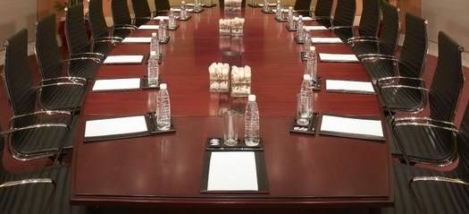
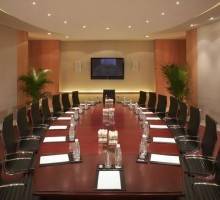
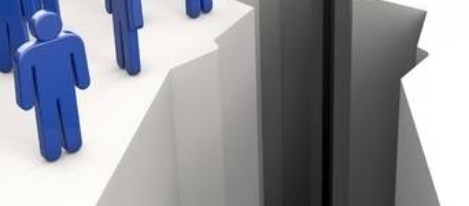
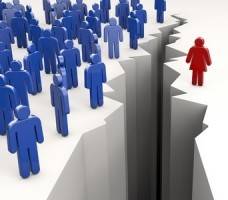

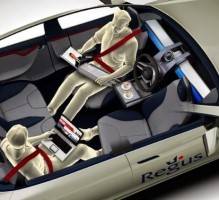





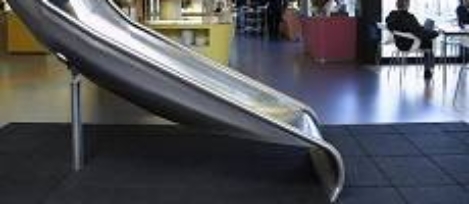
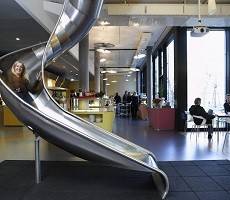
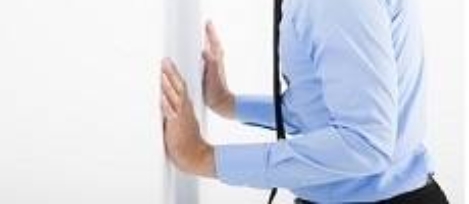
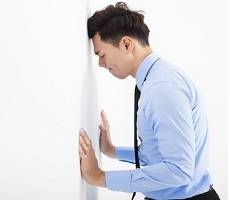










May 25, 2016
Urban Millennials are worried about the same things as everybody else 0
by Mark Eltringham • Cities, Comment
(more…)